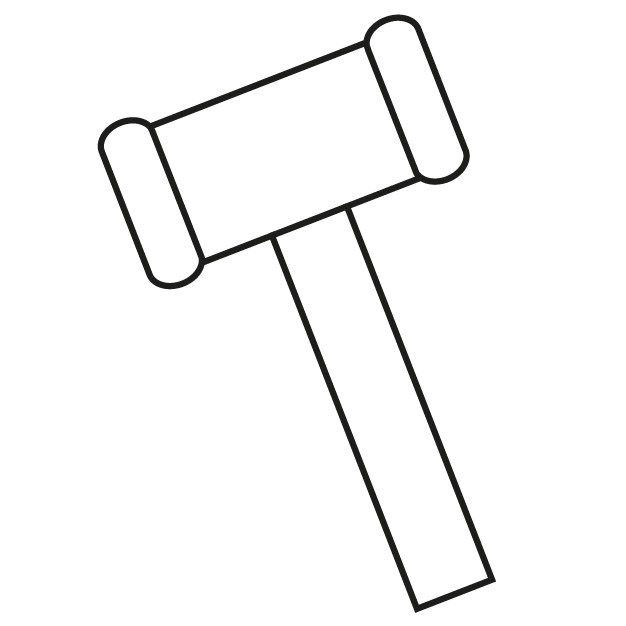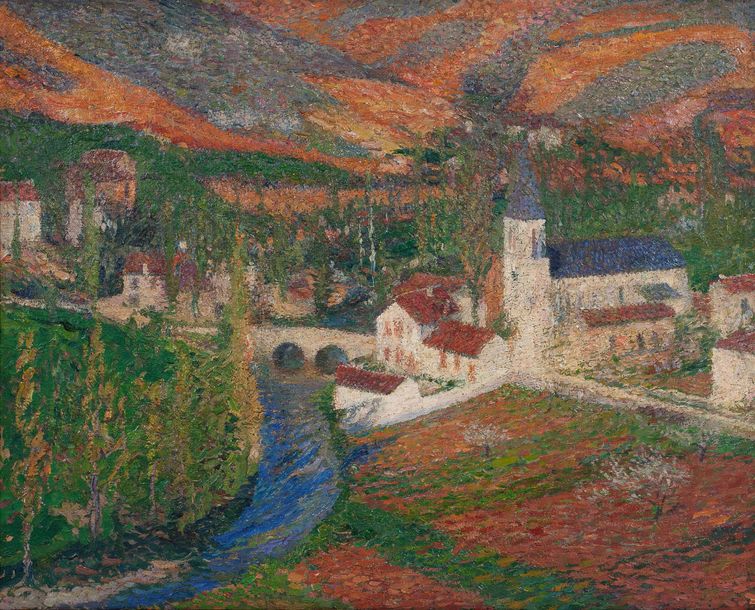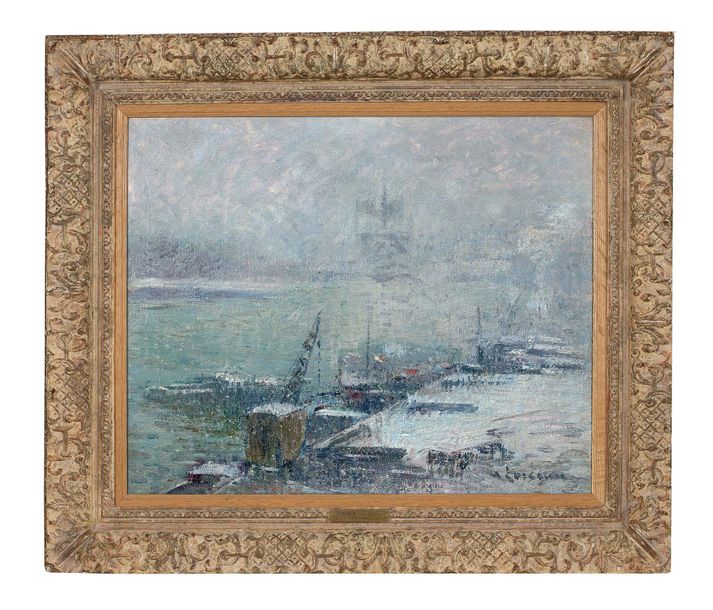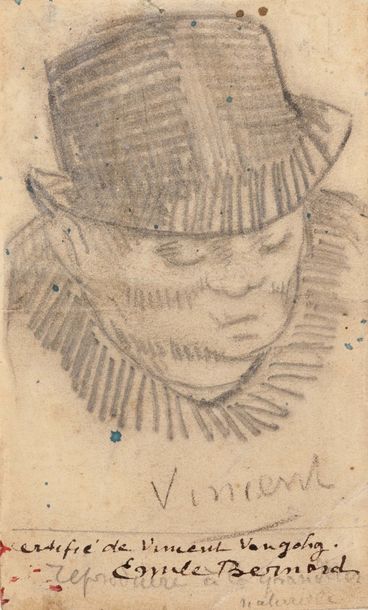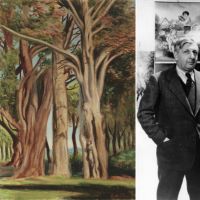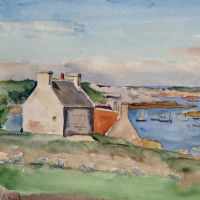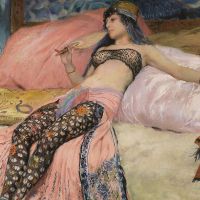- Pierre Bonnard (1867-1947)
La Charmille
Sold for 149 050€ >
>
Impressionist & Modern Art
“Modernity is the transitory, the fugitive, the contingent, one half of art, of which the other half is the eternal and the immutable. […] In short, for any modernity to be worthy of becoming antiquity, the mysterious beauty that human life involuntarily imparts to it must have been extracted.” These are the words used by Charles Baudelaire in 1863 to define the guiding principles of the new aesthetic that would find its formulation in a succession of avant-gardes. However, as Baudelaire himself pointed out, modernity cannot be conceived without the constant references it makes to the past. The department aims to valorize Impressionist & Modern art in all its diversity of styles and techniques (paintings, drawings, prints, sculptures, and ceramics).”
— Pierre-Alban Vinquant
Impressionist & Modern Art : A Stable Market Transcending Trends
After being overtaken in 2021 by the 20th Century Furniture & Decorative Arts category, the Impressionist & Modern Paintings and Sculptures category has regained its top spot with over €270 million in sales. France thus confirms its place as fourth in the global market after China, the United States, and the United Kingdom.
Eclecticism in Auctions
Our Impressionist & Modern Art auctions are characterized by eclecticism. Our catalogs reflect this through the diversity of creation techniques they embrace: paintings, drawings, sculptures, prints, as well as unique collages and ceramics, such as those by Pablo Picasso and those born from the ephemeral collaboration between André Metthey and the greatest painters of his time (Maurice Denis, Maurice de Vlaminck, Henri Matisse, and Georges Rouault), and multiple pieces like the Art Deco works from the fruitful collaboration between Picasso and Madoura in Vallauris. They are also eclectic in the genres they represent (history painting, landscapes, portraits, genre scenes) and include abstract paintings. Finally, they are diverse in the movements they honor (Impressionism, Neo-Impressionism, Pointillism, Cubism, Fauvism, Dadaism, Futurism, Surrealism, etc.), covering a wide chronology from the second half of the 19th century to the present day, depending on the artists.
Impressionist Art
Straddling the line between old masters and contemporary art, Impressionism, with its simplicity of subjects and distinctive treatment of color, is today the most popular pictorial movement in art history. It’s no surprise that Aguttes’ Impressionist art auctions are closely watched by institutions and private collectors alike. French and international collectors have a clear preference for paintings that, with a vivid color palette, capture the subtle variations of light, such as Renoir’s Le village de Cagnes vu de la terrasse des Collettes, sold for €350,000, or Paul-César Helleu’s Voilier blanc en régate, sold for €252,420.
Graphic arts and sculptures are also highly valued. This is evidenced by the €300,000 recorded for a Van Gogh drawing in 2019 and the €386,000 for Camille Claudel’s Persée et la Gorgone, a bronze cast by Eugène Blot with excellent provenance, directly commissioned from the artist by her patron, the Countess of Maigret. Collections and sheets with prestigious provenance always generate enthusiasm among buyers. For instance, in 2019, hammer prices of €124,000 for Picasso’s pencil drawing Arlequin et singe and €127,000 for Picabia’s gouache Transparence, both formerly in Princess Lucien Murat’s collection, were notable.
Modern Art
At the beginning of the 20th century, modernity was built on the notion of avant-gardes, suggesting an art evolving through successive, sometimes offensive or subversive, breakthroughs. This artistic reflection often led artists to gradually move away from mimesis, the imitation of the world, towards abstraction. However, modernity is not just a series of ruptures. It constantly refers back to tradition, as evidenced by the “return to order” works of Derain or those, influenced by surrealism, of Balthus. Far from being linear, the history of modern art is punctuated with sometimes contradictory proposals. Aguttes is committed to defending modern art in its plurality. This commitment has been successful, as seen with Max Ernst’s Projet pour un monument à Leonardo da Vinci, which sold for €833,000 in 2019.
Access an International Circle of Buyers
Our house possesses a unique communication impact, offering sellers modern and targeted tools for effective international reach. We pay close attention to the design and content of our auction catalog, whether in print or entirely digital. During our campaigns, we engage both our portfolio of buyers across all specialties and identified potential buyers. We communicate with them using multiple channels: online and offline advertising, social media, email marketing, media, influencers, and auction platforms, all with tailored, high-quality support through images, text, and video.
Free and Confidential Valuations for Your Impressionist and Modern Art Paintings : Support & Promotion
Our specialist is available to evaluate your items and provide you with professional expertise, as well as advice on private sales, auctions, or investment opportunities. Fill out the form and send us detailed photos of your Impressionist and Modern art paintings to receive a free and confidential valuation based on comparable works recently sold at auction. Discover our auction calendar and office locations.
Also discover
Results
News
Contacts
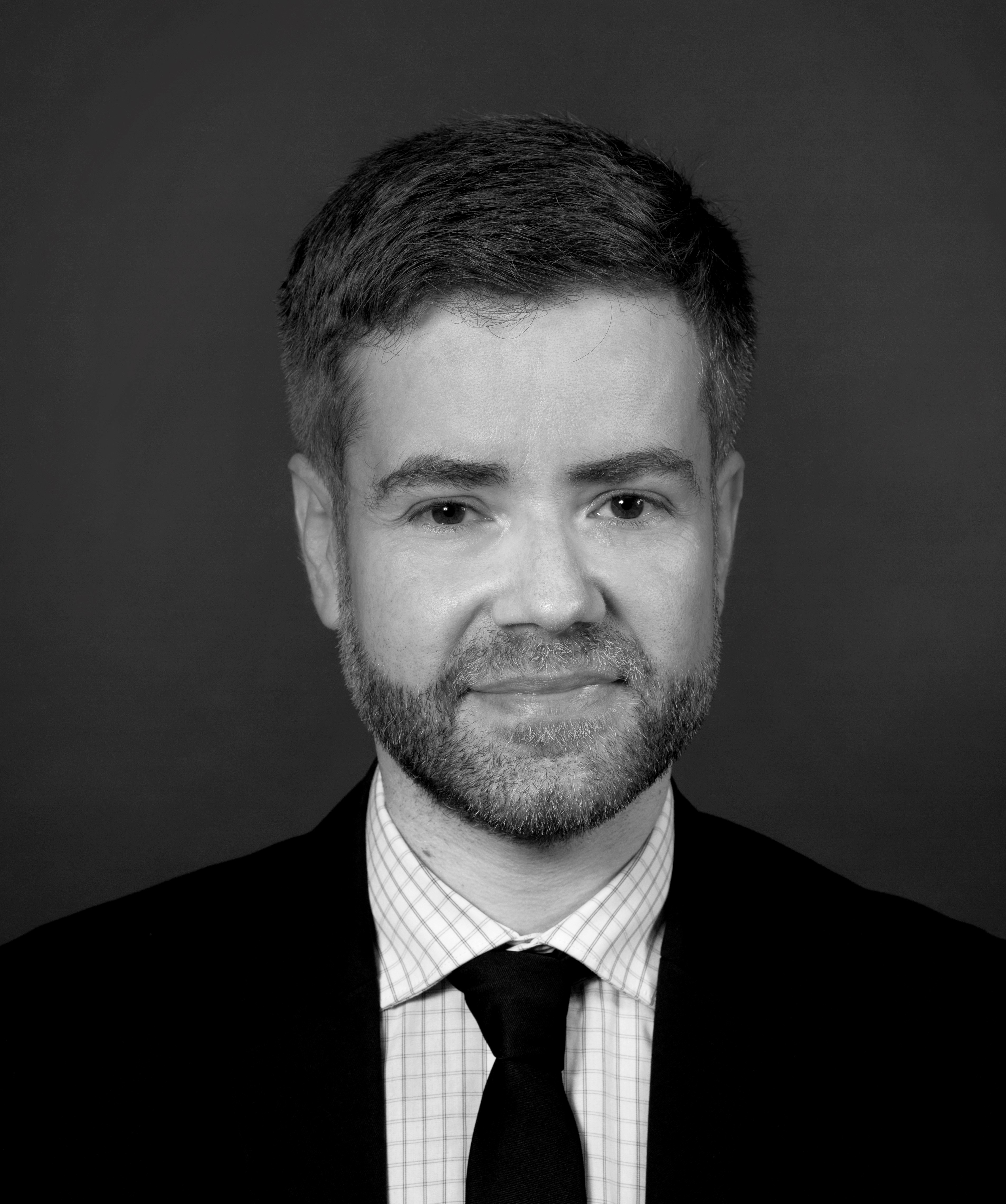
- Head of the department - Expert
- Pierre-Alban Vinquant
- vinquant@aguttes.com
- +33 1 47 45 08 20
Request an estimate
Graceful and confidential
Newsletter
Subscribe to receive our magazine as well as the calendar of sales, exhibitions and conferences…
Only two communications per month in your mailbox.
Information
Also discover
Results
Why Aguttes?

Expertise
More than 14 specialized departments

Personalized accompaniment
Large and agile organization for the management of "top lots" and particular collections

International records
More than 60% of buyers are foreign

Culture of excellence
More than 150 lots sold at more than 100 000€ in 2022

Frequency of sales
4 annual auctions by specialty

